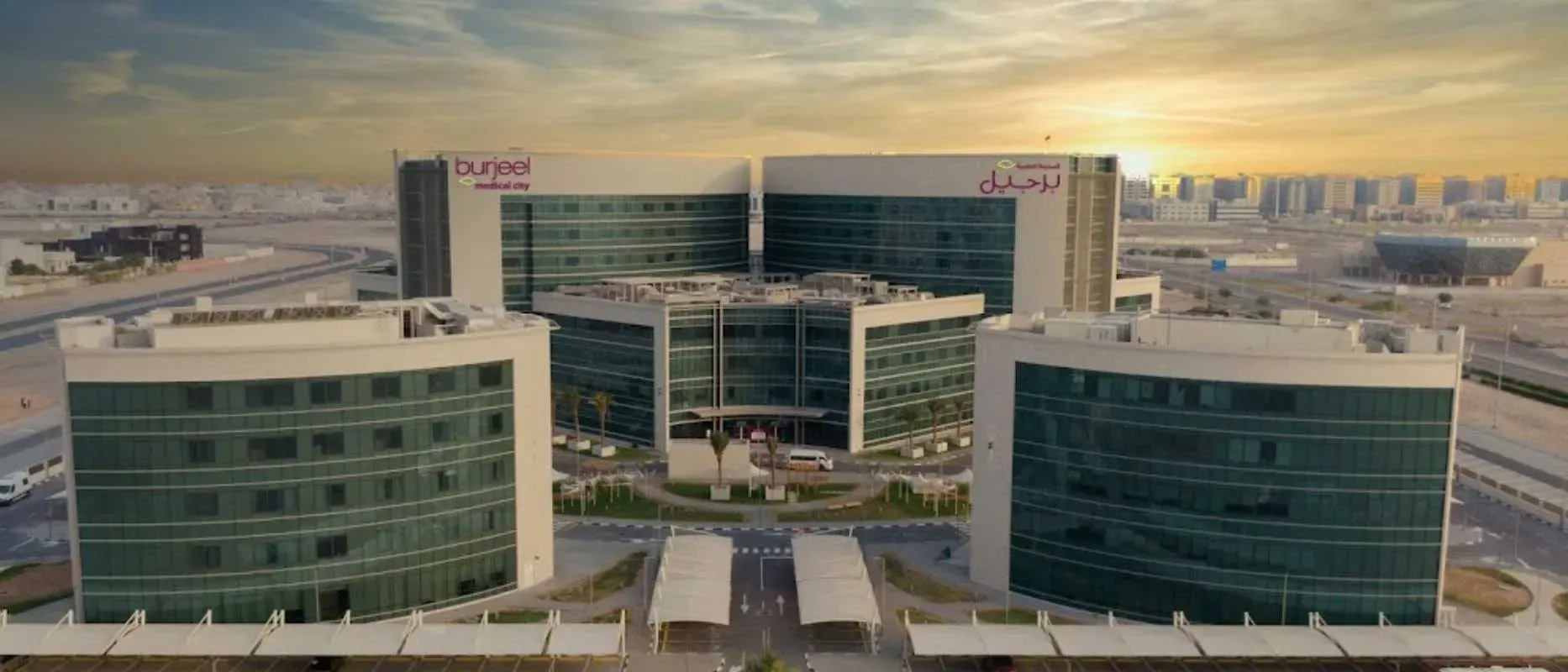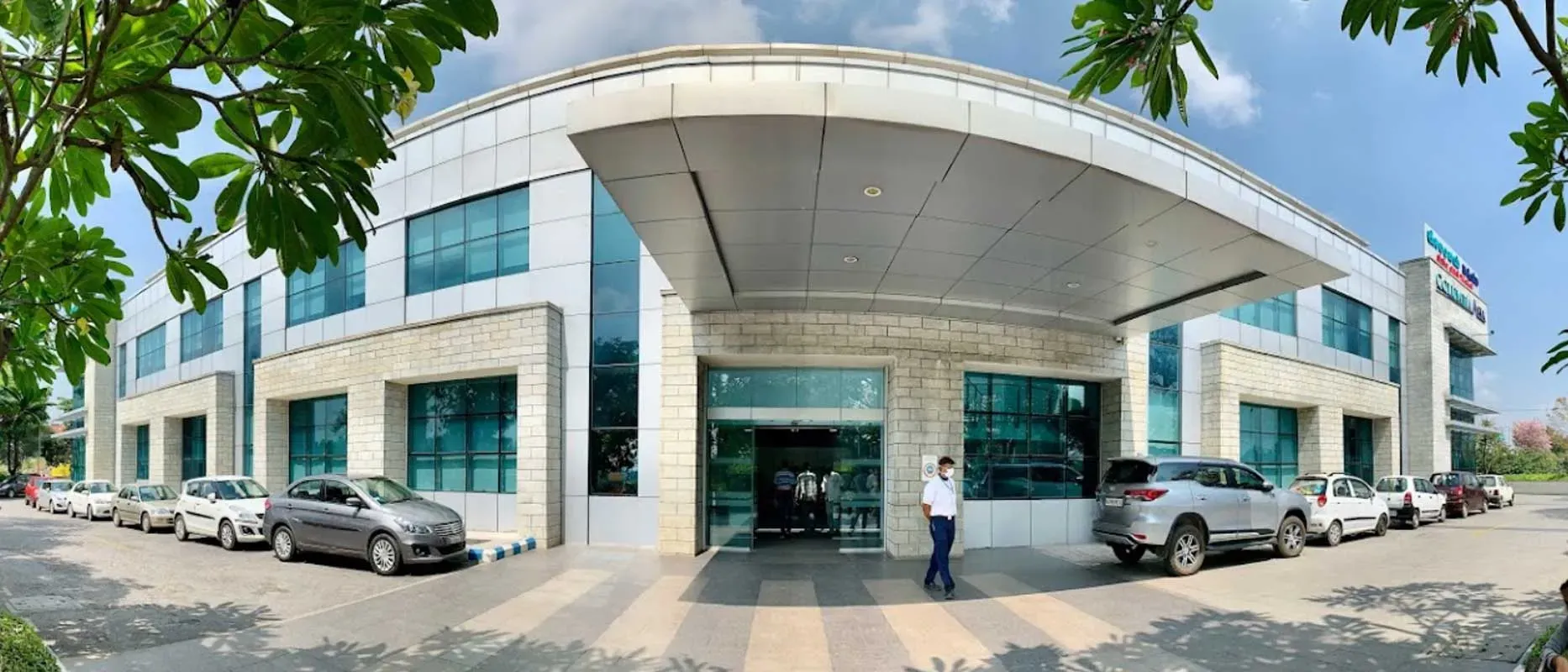Overview of Glaucoma Treatment India
Glaucoma is one of the leading causes of blindness across the globe and commonly seen in older adults. Read the complete article to know more. Contact Ortil Healthcare for any query. Glaucoma is actually a group of eye disorders that leads to reduced vision or even blindness by causing damage to the optic nerve. The optic nerve connects the eye to the brain and helps in the interpretation of the image formed on the retina. The Glaucoma symptoms start gradually such that you may not even notice them at the beginning. A detailed eye examination is needed to diagnose Glaucoma. Early treatment and care can help stop further damage and prevent complete loss of vision. If you are looking for Glaucoma treatment in India, feel free to consult Ortil Healthcare for the best treatment packages within your budget.
Types of Glaucoma Treatment India
Glaucoma Types
Glaucoma can primarily be of the following types which are described below:
01. Primary open-angle Glaucoma - This is the commonly occurring type of glaucoma. In this case, the drainage of fluids from the eyes is inadequate leading to clogging and increase in internal pressure of the eye, which further damages the optic nerve. The symptoms do not include pain or any vision changes in the initial stages. People with sensitive optic nerves normally have an increased risk of having glaucoma than normal. Therefore, one must have regular eye check-ups to identify early signs of any damage to the optic nerves.
02. Angle-closure Glaucoma - This is also known as Closed-angle glaucoma or Narrow-angle glaucoma. In some people, the iris is located very near to the drainage angle of the eye such that the drainage angle gets blocked leading to an increase in the internal pressure of the eye. The sudden rise in eye pressure leads to what is known as an Acute attack. It is an emergency situation and you must reach out to your eye doctor immediately. Some other signs of an acute attack are:
2.1. Blurred Vision
2.2. Severe eye pain
2.3. Headache
2.4. Nausea or vomiting
2.5. Halos around the lights
Closed-angle glaucoma usually develops at a slow pace in most people with no symptoms in the beginning. The patients might not be aware until they get an attack. Angle-closure glaucoma needs immediate treatment otherwise it can cause blindness.
01. Normal Tension Glaucoma - The optic nerve gets damaged without an increase in the internal pressure of the eye. The damage may be due to the increased sensitiveness of the optic nerve or restricted blood flow to the nerve.
02. Pigmentary Glaucoma - The drainage channels are blocked with pigment granules from the iris. This causes intermittent elevations in the internal pressure of the eyes.
03. Glaucoma in the Kids - This is the type of glaucoma that can affect children or infants. In some cases, it may be present right from the birth or may develop in the first few years after the birth.
Diagnosis of Glaucoma Treatment India
Common Signs and Symptoms
The glaucoma symptoms vary, depending upon the type of glaucoma that a person has.
01. Open-angle Glaucoma - As mentioned above, there may not be any warning signs at an early stage. This is why Open-angle glaucoma is also known as silent thief of sight. As the disease progresses, one may notice the following symptoms:
1.1. Blind spots mostly commonly in peripheral vision, usually in both eyes.
1.2. Tunnel vision (complete loss of peripheral vision)
02. Angle-closure Glaucoma - This type of glaucoma is most commonly characterized by an acute attack. However, in some cases, there may be early glaucoma symptoms like:
2.1. Halos around the eyes
2.2. Blurred vision
2.3. Mild headache
2.4. Pain in the eyes
Signs of the attack are as follows:
01. Redness in the eyes
02. Blurred vision
03. Headache
04. Severe pain in the eyes
05. Halos or rainbows around the eyes
06. Nausea or vomiting
01. Normal-Tension Glaucoma - This is manifested in the form of blind spots in the field of vision and damage in the optic nerve. The eye pressure in normal-tension glaucoma is usually within a normal range.
How is it diagnosed?
Most commonly, the following tests are performed by the eye doctors for glaucoma diagnosis:
01. Medical History - The diagnostic process will start with a detailed medical history and clinical examination of the eye. It is absolutely imperative to inform your doctor about any treatment or medication that you have taken in the past. While examining the eye, your doctor will look for any damage to the nerve tissue.
02. Tonometry Test - This is done to measure the amount of pressure inside the eye, known as intraocular pressure (IOP).
03. Pachymetry Test - This is done to measure the thickness of the cornea as thin cornea is more prone to glaucoma. A probe-like instrument called a pachymeter is placed on the cornea gently to measure the thickness.
04. Perimetry Test - This test helps in measuring vision of all the areas. You are made to sit and look inside a device called perimeter, where you will press a button each time you see the light flashing.
Sometimes the doctor may want to observe the gradual changes in the optic nerve by taking photographs of the nerve and make a comparison.
Glaucoma Treatment
Depending upon the severity of the condition and response of the patient, any of the following treatment methods can be used:
01. Eye Drops - Medications are given in the form of eye drops to either reduce the production of fluid in the eye or increase its drainage ultimately leading to reduced eye pressure. There might be certain side effects like allergy, redness, blurred vision, irritation etc.
02. Oral Medications - Medications like beta-blockers may be given to improve the drainage or reduce the fluid secretion.
03. Laser Surgery - Different types of eye surgeries can be done with the help of laser beam such as,
3.1. Trabeculoplasty - This is done to open up the drainage area in open-angle glaucoma.
3.2. Iridotomy - A tiny hole is made to increase the flow of fluid from the drainage area.
3.3. Cyclophotocoagulation - This is done to treat the middle layer of the eye to reduce the fluid secretion.
04. Microsurgery - Also known as trabeculectomy, this procedure is done to make another channel to drain out the excess fluid and relieve the pressure inside the eye. This surgery has its own side effects like loss of vision, bleeding, infection, etc.
If you are looking for Glaucoma treatment in India, contact Ortil Healthcare. We have a dedicated team which works round the clock to answer your queries. We have tie-ups with some of the finest eye doctors in India who offer world class treatment at the most cost-effective prices.
Symptoms and Risk factors
Causes of Glaucoma
Glaucoma is associated with the optic nerve damage caused due to increase in the internal pressure of the eye. This pressure increases when there is not enough drainage of the fluid (aqueous humor). In a normal eye, this fluid drains through trabecular meshwork. Glaucoma can be genetic or occur in people with optic nerve damage and increased internal pressure due to any reason. However, there are certain risk factors or conditions which apparently increase the risk of glaucoma:
01. Age more than 60 years
02. People who are black, asian or hispanic
03. Family history of glaucoma
04. Medical conditions like diabetes, hypertension, sickle cell anemia, heart condition etc.
05. People with cornea which is thin in the center
06. History of eye injury
07. Any previous eye surgery
08. People taking eye drops containing corticosteroids for a long time
Top Hospitals for Glaucoma in India
Shaping the future of the healthcare institution and establishing the path to accomplishment.
Top Doctors for Glaucoma in India
Empower your Health with the Expertise of Leading Medical Professionals.
Dr. Vidya Nair Chaudhry
Department of Opthalmology
Senior Consultant
Book Appointment
Treatment Costs for Glaucoma
Be the change and be an opportunist in transforming healthcare.
How it's Works
Guiding your Journey from Discovery to Treatment Planning and Beyond.
Discovery
Get a consultation to discover about your treatment
Pre-Treatment
Admission to the best hospital and all pre-treatment facilities
Post Treatment
Get post-treatment follow-up care with medicine fulfillment
Treatment Planning
Hassle-free treatment planning with package & cost estimations
in-treatment
world-class quality procedures and equipment for treatment
























